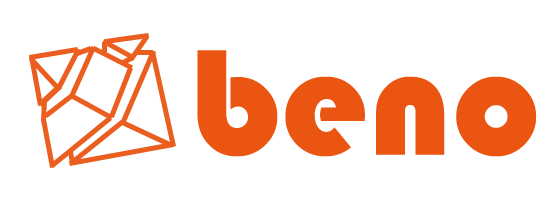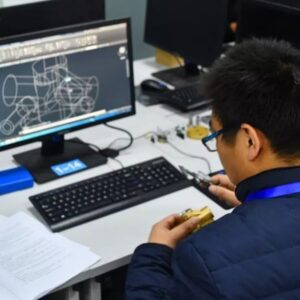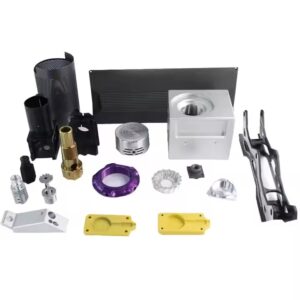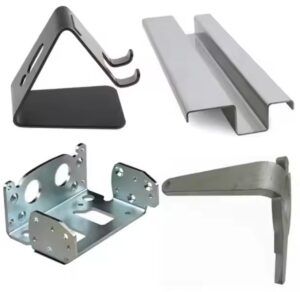Tips for Designing Parts for Metal Fabrication: Creating Quality Components
Meta-description: Discover essential tips for designing parts for metal fabrication that will help you create high-quality components for various applications. From material selection to design considerations, this article provides valuable insights to enhance your metal fabrication projects.
Introduction
In metal fabrication, the design phase plays a crucial role in determining the overall quality and functionality of the components. Whether you’re working on a small-scale DIY project or designing parts for industrial applications, understanding the tips and techniques for designing parts for metal fabrication is essential. This comprehensive guide will walk you through the key considerations and best practices to create top-notch components. Let’s dive in!
Tips for Designing Parts for Metal Fabrication
Metal fabrication involves the process of transforming raw metal into a finished product. The following tips will help you optimize your design for metal fabrication, ensuring durability, precision, and efficiency.
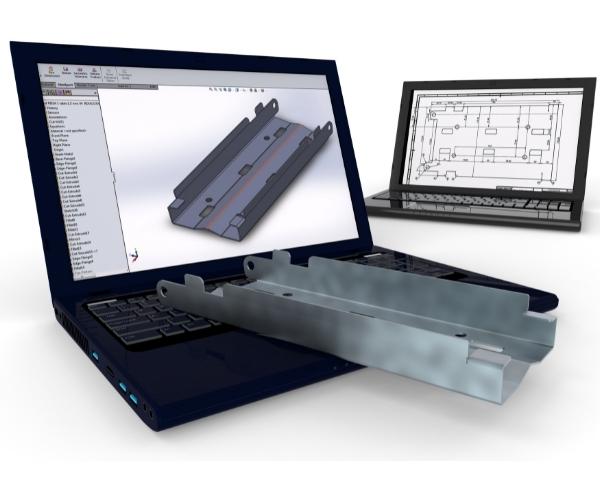
Material Selection: Choosing the Right Metal
Selecting the appropriate metal for your fabrication project is crucial. Various metals exhibit distinct properties, such as strength, ductility, corrosion resistance, and thermal conductivity. Consider the following factors when choosing the right material:
- Strength requirements: Determine the level of strength needed for the specific application.
- Environmental factors: Consider the environmental conditions the part will be exposed to, such as moisture, temperature, and chemicals.
- Cost: Evaluate the cost of the material and balance it with your project budget.
- Fabrication constraints: Take into account the ease of fabrication and the availability of the chosen material.
Design for Manufacturability: Simplicity and Efficiency
Designing parts with manufacturability in mind helps streamline the fabrication process and reduces costs. Consider the following principles:
- Simplicity: Keep the design as simple as possible to minimize production complexity.
- Standardization: Utilize standardized components and sizes when feasible to optimize production efficiency.
- Assembly considerations: Ensure easy assembly by incorporating features like tabs, slots, and alignment aids.
- Design reviews: Regularly review the design with the fabricator to identify potential challenges and improvements.
Proper Dimensioning and Tolerancing
Accurate dimensioning and tolerancing are vital for achieving the desired fit, functionality, and interchangeability of fabricated parts. Follow these guidelines:
- Functional requirements: Define the part’s functional requirements to determine the appropriate dimensions and tolerances.
- GD&T (Geometric Dimensioning and Tolerancing): Utilize GD&T symbols and standards to communicate precise dimensions, form, orientation, and positional tolerances.
- Tolerance analysis: Conduct tolerance analysis to ensure the design meets functional requirements while considering manufacturing variations.
Considerations for Laser Cutting
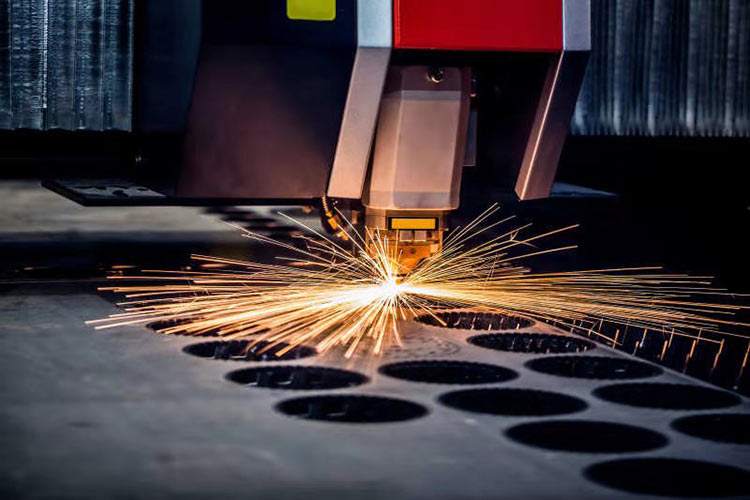
Laser cutting is a common fabrication process that offers high precision and versatility. Consider these factors when designing parts for laser cutting:
- Material compatibility: Ensure the material is suitable for laser cutting and won’t produce harmful fumes or excessive dross.
- Nesting optimization: Optimize part layout to minimize waste material and maximize laser cutting efficiency.
- Clearances: Provide appropriate clearance between parts to avoid interference during the cutting process.
- Internal features: Avoid complex internal cuts or incorporate relief holes to facilitate laser cutting.
Sheet Metal Bending: Designing for Bend Allowances
Sheet metal bending is a widely used fabrication technique. Consider the following when designing for sheet metal bending:
- Bend allowances: Determine the bend allowances based on the material thickness, bend radius, and type of bending process.
- Design considerations: Avoid features that may cause deformation, such as sharp corners or narrow cutouts near bends.
- Flanges and tabs: Incorporate flanges or tabs to ensure accurate alignment and prevent distortion during bending.
- Bend sequencing: Plan the bending sequence to avoid interference between bends and minimize springback effects.
Welding Considerations: Joints and Structural Integrity
Welding is a fundamental process in metal fabrication, joining components to create a cohesive structure. Pay attention to these welding considerations:
- Joint selection: Choose appropriate joint types (e.g., butt, lap, or T-joint) based on the component’s function and loading conditions.
- Welding symbols: Utilize welding symbols to communicate welding requirements and specifications effectively.
- Weld quality: Ensure proper penetration, fusion, and reinforcement to maintain structural integrity.
- Heat-affected zone: Consider the heat-affected zone and its potential impact on the material’s properties.
Surface Finishing: Enhancing Appearance and Protection
Surface finishing not only enhances the aesthetic appeal of fabricated parts but also provides protection against corrosion and wear. Consider the following finishing options:
- Painting and powder coating: Apply paints or powder coatings to improve appearance and provide a protective layer.
- Anodizing: Utilize anodizing processes to enhance the corrosion resistance and durability of aluminum parts.
- Electroplating: Apply electroplating techniques to add a layer of desirable metal onto the base material.
- Polishing and deburring: Polish surfaces to improve smoothness and remove sharp edges and burrs.
Designing for Assembly and Disassembly
Considering ease of assembly and disassembly can significantly impact the overall efficiency of the fabrication process. Incorporate the following practices:
- Modularity: Design components that can be easily assembled and disassembled to facilitate maintenance and repair.
- Fasteners and connectors: Choose appropriate fasteners and connectors to ensure secure yet accessible assembly.
- Interchangeability: Design components that are interchangeable to simplify replacements and reduce inventory.
- Clearance and accessibility: Allow sufficient clearance and accessibility for tools and human hands during assembly.
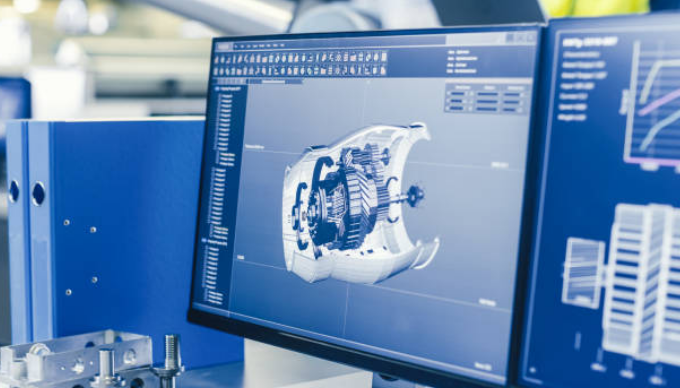
FAQs about Designing Parts for Metal Fabrication
Q: What software can I use for designing parts for metal fabrication? A: Popular software options for metal fabrication design include CAD (Computer-Aided Design) software like SolidWorks, AutoCAD, and Fusion 360.
Q: How can I ensure the durability of metal-fabricated parts? A: To ensure durability, select appropriate materials, consider environmental factors, apply suitable surface finishing, and design for structural integrity.
Q: What are some common challenges in metal fabrication design? A: Common challenges include balancing strength and weight, accounting for material deformation during fabrication, and addressing thermal expansion issues.
Q: Is it necessary to involve a fabricator during the design phase? A: Involving a fabricator early on allows for valuable input, ensuring designs are optimized for manufacturing and addressing potential challenges.
Q: Can I create complex shapes with metal fabrication? A: Certainly, metal fabrication techniques such as laser cutting, CNC machining, and 3D printing empower the creation of intricate and complex shapes.
Q: How can I minimize costs in metal fabrication design? A: Minimize costs by designing for manufacturability, utilizing standardized components, optimizing material usage, and reducing unnecessary complexity.
Conclusion
Designing parts for metal fabrication requires careful consideration of various factors, from material selection to fabrication techniques and assembly considerations. By adhering to the suggestions provided in this article, you can enhance your designs, increase efficiency, and fabricate high-quality components suitable for a wide range of applications. Embrace the principles of functionality, simplicity, and durability, and you will make significant strides in mastering the art of designing metal parts.
